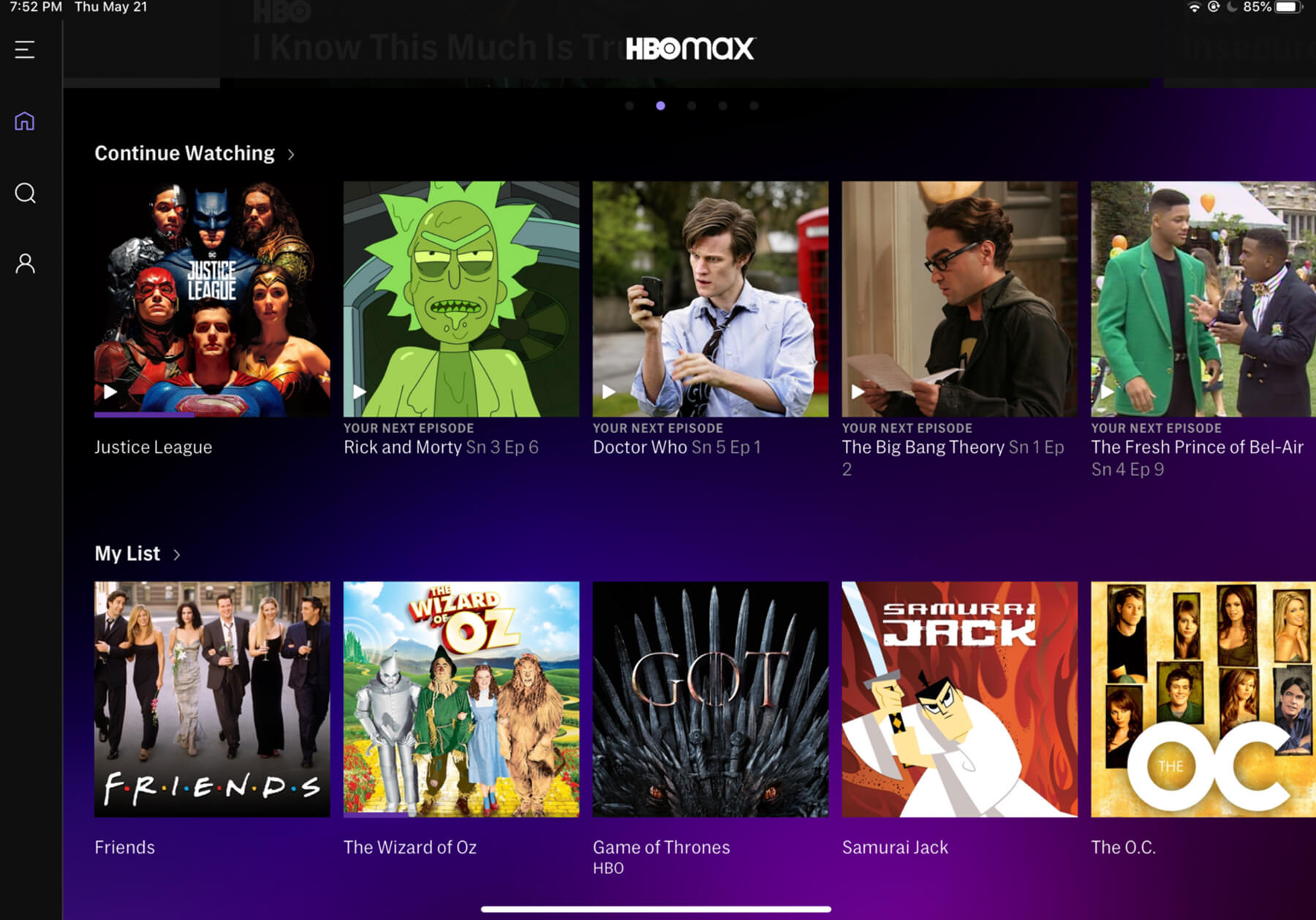What do Zendaya and Master Chief have in common? More than you might think, according to 2008 BS in Real-Time Interactive Simulation graduate Cody Luitjens. “I used to work on Halo,” Luitjens says. “At HBO, from a back-end perspective, every Sunday night that a new Euphoria comes out is basically equivalent to a Halo 5 launch. The traffic patterns and user loads are huge. It’s setting records.”
The DigiPen alumnus, now a senior software engineering manager at HBO, is one of many who have made the leap from the game industry to streaming — two worlds Luitjens says are increasingly overlapping. “Both industries exist in the entertainment space and center around big, fun, exciting releases,” Luitjens says. Just like a TV series, plenty of hit games like Fortnite, Apex Legends, and Destiny now release content in months-long “seasons” as well. “Also, streaming Twitch is very similar to streaming, say, Netflix,” Luitjens says. “We’re seeing games and streaming merging more and more.”
Given Luitjens’ own unique history in games, the connection between the two industries was especially apparent. After graduating from DigiPen, Luitjens spent nearly six years working at Xbox Live, itself an online service, before shifting to 343 Industries to do similar support work for the Halo franchise. “I wanted a new technical challenge,” Lutijens says of his move to HBO in 2016, where he traded his back-end-focused C and C# work for more front-end-oriented Javascript. “Surprisingly, there are a lot of ex-game industry people here,” Luitjens says. “The way games work is you go from zero users to five million users overnight, and then it kind of calms down. The streaming world is actually very similar to that, but it’s just constant.”
At HBO, Luitjen’s manages the “Experience Team,” which is in charge of everything from right after the user logs into the HBO Max app to right before they play video. “Every menu tile, asset, list, search, playlist tracking, user interaction, and user feature — my team owns,” Luitjens says. Even with that wide-ranging list of responsibilities, the work often breaks down title by title. “We’re always looking at what the next big show is and building features in the app around that,” Luitjens says. “Back in the day, we would prep the entire year just for Game of Thrones to come out, because it had double the traffic of every other show. Nowadays, we’ve grown so much that many shows surpass Game of Thrones.”

Part of that spike is due to the service’s vast international growth in the last few years, coupling higher sustained traffic overall with new region-specific content. “We have streaming peaks all over the world, all of the time. It’s a 24/7 project,” Luitjens says. “For instance, we recently got the soccer live streaming rights in South America, so we had to build UI and back-end features to support that.” Sometimes, custom feature requests come directly from show and film producers themselves, especially since HBO Max’s concurrent release partnership with Warner Bros. Pictures began last year. “When Zack Snyder’s Justice League came out, he wanted to release the movie in multiple chapters,” Luitjens says. “We had to add a chapter select feature to our video player to support the vision he had for how fans could view his movie.”
As newcomers like Disney+, Paramount+, and Peacock crowd the field, Luitjens says HBO is always studying how other platforms approach their interfaces. “Every feature, every piece of it, tons of competitive analysis goes into it,” Luitjens says. “We do months of user testing, prototypes, and A/B testing — but we always make sure that we put our own feel into what we’re doing.” Part of that feel is a conscious move away from the algorithmic “if you liked that, you’ll like this” approach that has come to define the streaming experience. “HBO wants it to feel human curated, so almost every list or suggestion, with the exception of the ‘For You’ section, actually was human made,” Luitjens says. Any other user-specific tailoring the experience team does is mostly invisible on the front end to give the interface a more natural feel. “You might not know that the home page is customized to you, but under the hood it’s actually sorting, reordering, and bubbling things up that you might like,” Luitjens says. “All those selections are human made, but we do choose which human-made suggestions to show you based on your viewing preferences.”
Knowing how to solve problems and not be afraid of the unknown… that’s been my biggest takeaway from DigiPen.”
Today, as a manager, most of Luitjens’ work has shifted from coding to communication and coordination. “I like having a much wider impact,” he says. “Instead of working on just one feature, my team has half a dozen features at a time I’m supporting them on. I take a lot of pride in helping my team grow, develop new skills, and unblocking them so they can do their best work.” Before he made a career out of helping his team learn and grow, Luitjens says DigiPen gave him the skills to do that same work on himself. “We did a lot of game projects at DigiPen where you just had to figure stuff out,” Luitjens says. “In the real world, all the time I’m asked to do just that. Knowing how to solve problems and not be afraid of the unknown is something that comes into play all the time. That’s been my biggest takeaway from DigiPen.”
Even though Luitjens doesn’t make the streaming content itself, he says that having a major hand in the platform it’s delivered on is a blast. “It’s super fun that everyone who watches these huge shows and movies uses what you worked on!” Luitjens says, noting that he’s also a big fan of HBO’s films and shows. “My favorite is probably Curb Your Enthusiasm. Well … Silicon Valley too, but that’s too obvious a choice for me, right?”
